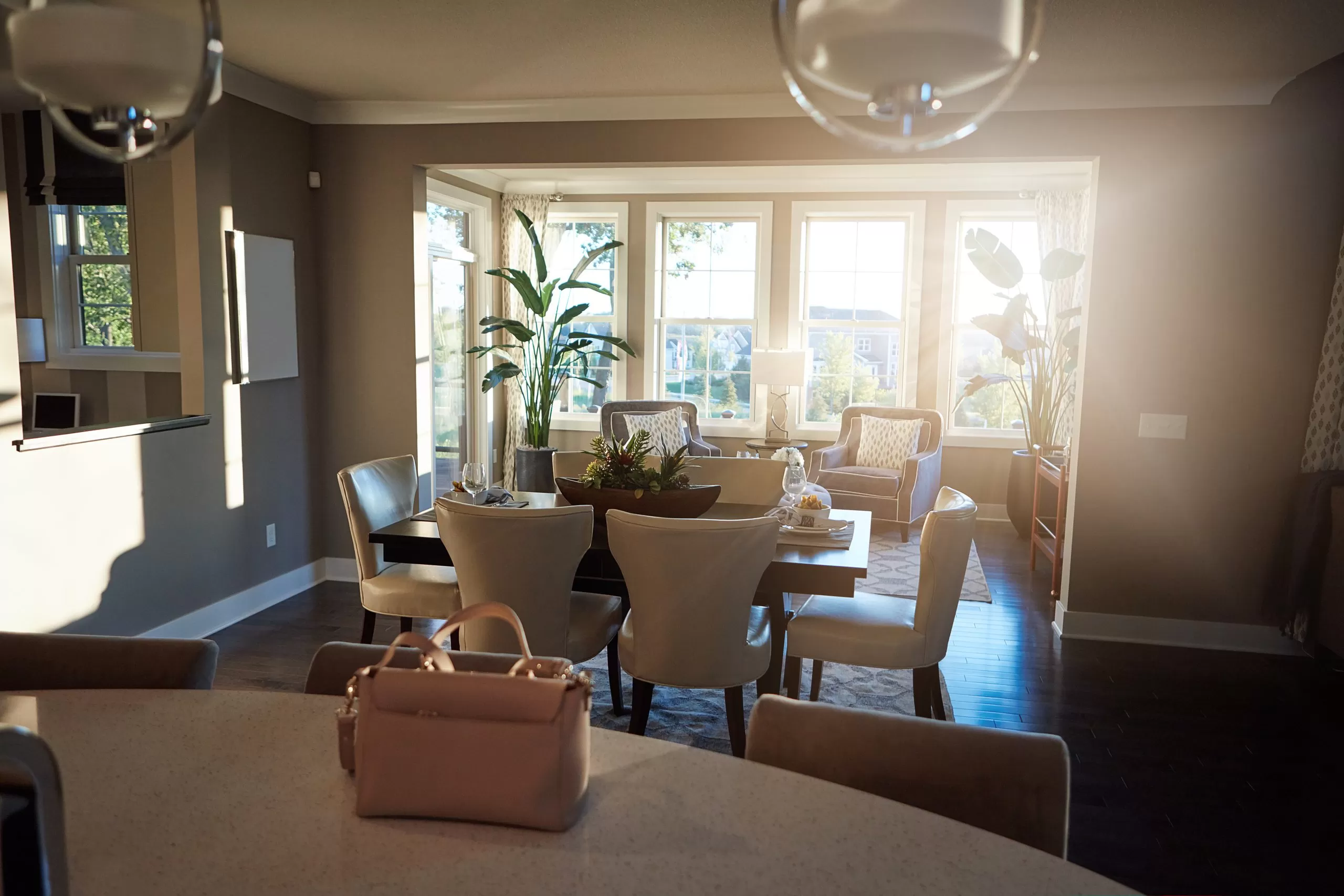When it comes to funding real estate deals, investors today have more options than ever. Two of the most talked-about non-traditional tools?
👉 Hard money loans
👉 DSCR (Debt-Service Coverage Ratio) loans
Both offer speed, flexibility, and fewer hurdles than conventional financing—but they serve different purposes. Choosing the wrong one can stall your deal, eat into profits, or worse, leave you stuck without a real exit.
In this article, we’ll break down the pros, cons, and ideal use cases of hard money vs. DSCR loans, so you can fund your next project with confidence—and with the right private lending partner.
What Is a Hard Money Loan?
A hard money loan is a short-term, asset-based loan secured by real estate. It’s issued by private lenders (like Lending Bee), not banks, and is primarily based on the value of the property—not your credit score or income.
Key Features:
- Short terms (6–18 months)
- Fast closings (typically 5–7 days)
- Minimal documentation
- Based on purchase price or ARV (after-repair value)
- Commonly used for flips, value-adds, bridge loans
Ideal For:
- Time-sensitive purchases
- Distressed or non-bankable properties
- Investors doing rehab, repositioning, or BRRRR deals
- Borrowers with strong deals but non-traditional income
What Is a DSCR Loan?
A DSCR loan (Debt-Service Coverage Ratio) is a long-term rental loan designed for income-producing properties. These loans evaluate the property’s ability to cover its own debt—not your personal income.
Key Features:
- Long terms (30-year fixed or ARM)
- DSCR = Net Operating Income ÷ Annual Debt Payments
- Typically no personal income verification
- Slower closing (3–4+ weeks)
- Ideal for rental properties with stable income
Ideal For:
- Long-term buy-and-hold strategies
- Investors refinancing stabilized rentals
- Cash-flowing short-term or long-term rental properties
- Investors looking for portfolio loans or long-term debt
Hard Money vs. DSCR Loan: A Side-by-Side Comparison
| Feature | Hard Money Loan | DSCR Loan |
|---|---|---|
| Funding Time | 5–7 days | 3–5 weeks |
| Term Length | 6–18 months | Up to 30 years |
| Loan Purpose | Acquisition, rehab, bridge | Long-term rental financing |
| Underwriting Focus | Property value, borrower equity | Property income (DSCR) |
| Documentation | Light (no tax returns) | Moderate (leases, rent history) |
| Credit Requirements | Flexible | Moderate (usually 640+ FICO) |
| Exit Strategy Required? | Yes | No |
| Refinance Friendly? | Yes (often leads to DSCR loan) | Less flexible in early stages |
Use Case #1: The Fast Flip
Scenario: You find a distressed property at a steep discount, but you need to close in 7 days.
Best Fit: ✅ Hard Money
- DSCR lenders can’t underwrite a non-rented property that fast
- Hard money allows you to acquire, rehab, and sell—or refi into DSCR once stabilized
🟢 Lending Bee Insight: We fund flips like this every week with clear terms, fast draws, and minimal red tape.
Use Case #2: BRRRR Strategy (Buy, Rehab, Rent, Refinance, Repeat)
Scenario: You plan to rehab a property, stabilize it with tenants, and refinance to long-term debt.
Best Fit: ✅ Start with Hard Money, then transition to DSCR
- Hard money gets you in quickly
- Once rehab is complete and rent is stabilized, DSCR refi maximizes long-term leverage
🟢 Lending Bee Insight: We structure hard money loans specifically to support BRRRR exits.
Use Case #3: Long-Term Rental Acquisition
Scenario: You’re purchasing a turnkey duplex with strong rental history and long-term tenants.
Best Fit: ✅ DSCR Loan
- No renovations or repositioning needed
- Property already supports 1.2x–1.5x debt service
- You want a 30-year fixed loan with minimal hassle
🟢 Important Note: If the seller needs a fast close, you may still need hard money to bridge the gap.
When to Choose Hard Money Over DSCR
You should lean toward hard money when:
- The deal needs to close fast (5–10 days)
- The property isn’t stabilized or rented yet
- You’re buying at a deep discount
- You plan to exit in under 12 months
- You’re using equity from another property to move quickly
🟢 Bonus: Hard money can also be used to bridge into a DSCR loan when banks or DSCR lenders delay.
When to Choose a DSCR Loan Over Hard Money
You should lean toward DSCR when:
- You’re buying a stabilized, cash-flowing rental
- You want to hold long-term and lock in fixed debt
- You have 25–30% down and strong rent history
- The seller’s timeline allows for a 3–4 week close
- Your credit is solid (usually 640+)
Can You Combine Both?
Absolutely. The best investors use hard money and DSCR loans together to:
- Close fast with hard money
- Add value through rehab or lease-up
- Refinance with a DSCR loan to lock in long-term wealth
🟢 Lending Bee Insight: Many of our clients start with us for speed—and exit to DSCR once the property is stabilized. We help guide that transition.
Choose the Tool That Matches the Timeline
It’s not about which loan is “better.” It’s about which one fits your strategy and your timeline.
- If you’re buying, improving, or moving fast → Hard money is your edge.
- If you’re holding, renting, and building cash flow → DSCR gives you staying power.
- If you want both? Start with hard money, then bridge into DSCR.
At Lending Bee, we specialize in private lending for California investors who need speed, flexibility, and a clear path forward. We’re not just here for one loan—we’re here for the full cycle.
